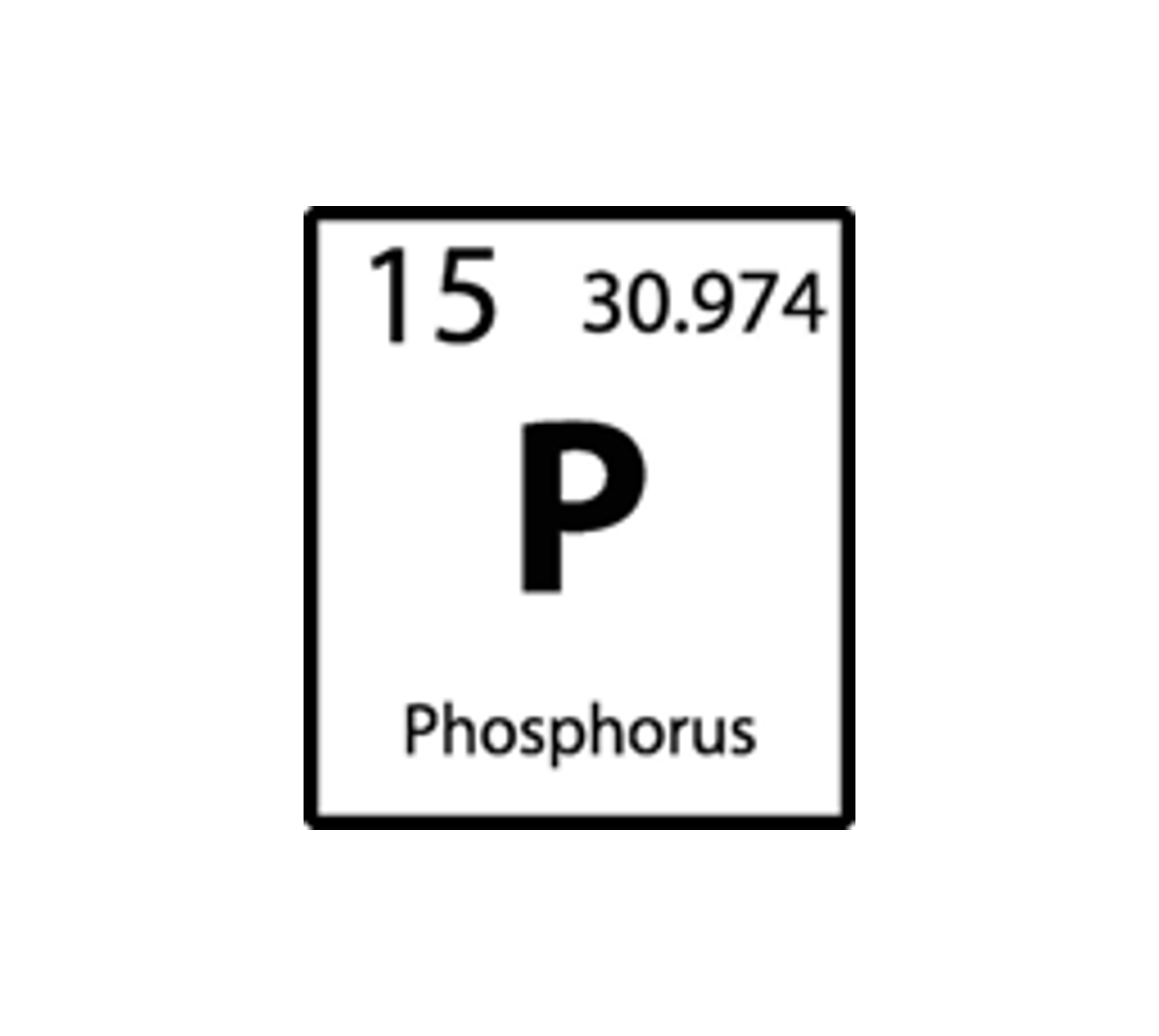About
Phosphorus is an essential element to life, underpinning many critical biological processes and driving the productivity and sustainability of global food systems. Current food production systems rely on phosphorus fertilizers, most of which originate from non-renewable phosphate deposits that are mined outside of the United States.
Once in the food system, only 20% of the input phosphorus is ultimately incorporated into the human diet due to multiple system losses and inefficiencies. The “lost” phosphorus accumulates in terrestrial systems such as soils and freshwater sources. As a consequence, increased eutrophication with its associated algal blooms impairs safe drinking water and marine life. The increasing flux of phosphorus to oceans also leads to an expansion of coastal dead zones. Without intervention, the environmental, economic, and sustainability issues involving phosphorus will escalate as the world’s human population grows by another 2 billion by 2050. The necessary paradigm shifts in phosphorus sustainability will critically rely on new materials, technologies, and strategies that can control, recover, reuse, and manage phosphorus in novel and sustainable ways.

The Science and Technologies for Phosphorus Sustainability (STEPS) Center is a convergence research community of diverse and leading scientists that addresses the complex challenges in phosphorus sustainability by integrating disciplinary contributions across the physical, life, social, and economic sciences. STEPS draws from atomic and molecular insights (e.g., chemistry, materials research, biochemistry, bioengineering) to develop materials and technologies that are deployed at the human scale (e.g., environmental and agricultural engineering, plant biology, crop and soil sciences) while considering supply-chain logistics, life cycle, and other regional and global issues (e.g., ecology, economics, sociology, policy). STEPS further leverages disciplinary contributions that transcend length scales and serve as integration mechanisms within the Center (e.g., science of team science, data science).
Vision
The STEPS vision is to facilitate a 25% reduction in human dependence on mined phosphates and a 25% reduction in losses of point and non-point sources of phosphorus to soils and water resources within 25 years, leading to enhanced resilience of food systems and reduced environmental damage.
To realize this “25-in-25” vision, STEPS assembles leading researchers in the fields of phosphorus and sustainability from eleven institutions:
- North Carolina State University
- Arizona State University
- University of Florida
- Clemson University
- RTI International
- Appalachian State University
- Marquette University
- University of Illinois at Urbana-Champaign
- North Carolina A&T State University
- University of North Carolina at Greensboro
- University of Arkansas
These researchers have pursued parallel and interwoven research paths through both independent and collaborative projects including:
- Capitalizing on several prior NSF investments in early-career investigators (e.g., CAREER awardees) and research center and infrastructure awards (e.g., ERC, NNCI, LTER, I/UCRC, SRN).
- Arizona State’s prior NSF-funded Phosphorus Sustainability Research Coordination Network and the industry-focused Sustainable Phosphorus Alliance (SPA) served as nucleating points for STEPS, amplified by NC State’s multi-year and multi-institutional Water Sustainability Using Nanotechnology initiative.
- STEPS addresses the NSF Big Ideas of Growing Convergence Research and Harnessing the Data Revolution and leverages the Materials Genome Initiative and the National Nanotechnology Initiative.
